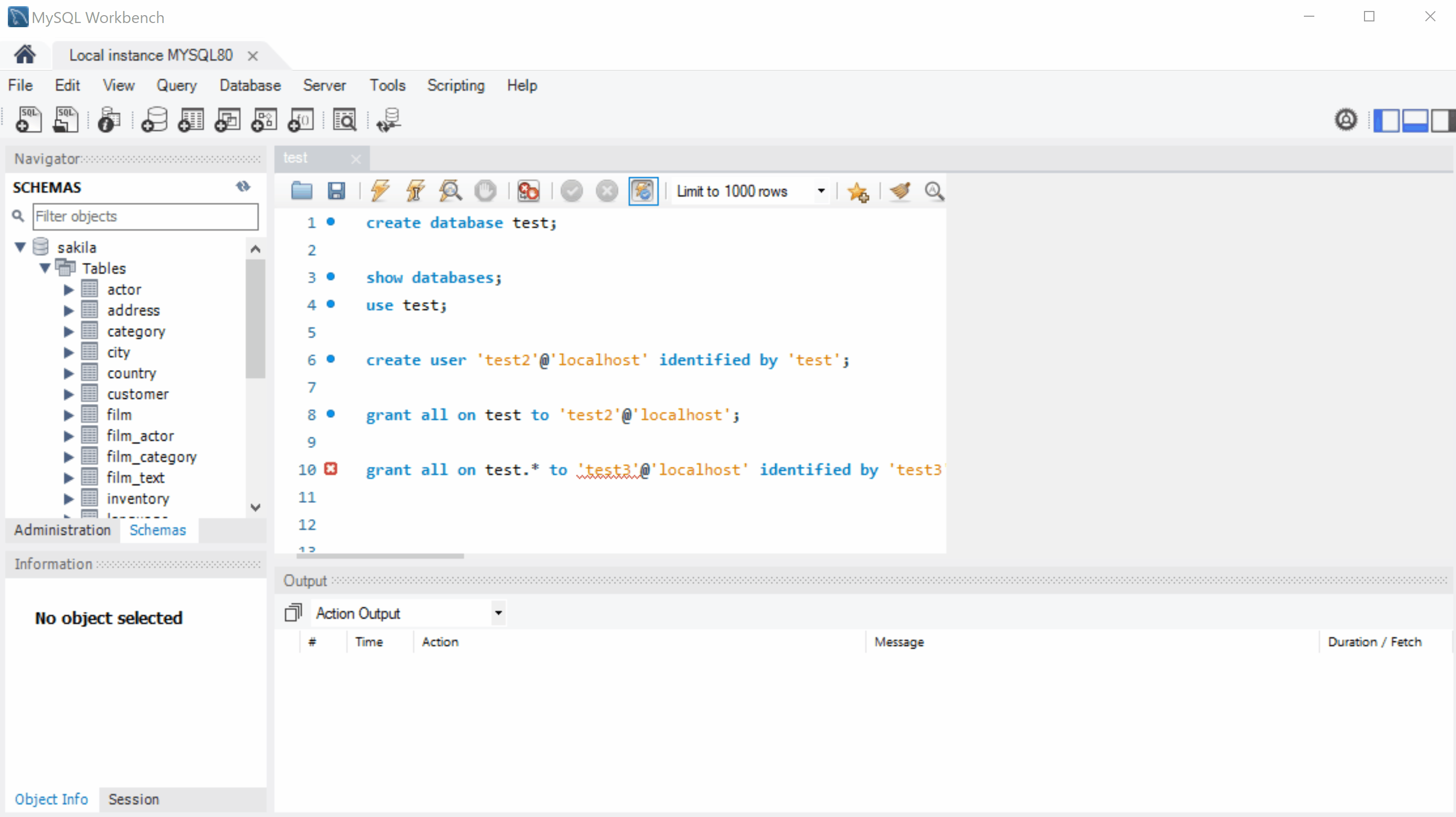Welcome to WM264 Smart Solutions Development II
This single-page application (SPA) contains the material for the DTS module Smart Solutions Development II (Database). Note that this is a live SPA, which means the website is always a work-in-progress – it will get updated frequently without warning. So make sure you save copies of the files/notes.
The module teaches you 3 things:
- Relational database system. We'll spend a lot of time on this, as this is still the mainstream of today's technology.
- On top of those practical skills, the basic theory behind database i.e. how to design/maintain/secure it etc. More importantly, how to explain the ideas of database design using a set of formal language.
- In addition, the fundamentals of NoSQL. NoSQL is the future, but the field is fast-changing. We'll get you started on this and learn the fundamentals.
Check out the presentation below for a quick intro to the module:
Knowledge, Skills, and Behaviour
Talking about the KSBs, it's important to know that this module, as part of the DTS Degree, follows the govenment's standard set out by the Instituate for Apprenticeships & Technical Education. In particular, we will deliver the following KSBs:
| Skills in Standard | Contents | |
|---|---|---|
| Core Skills | 2 | Systems Development: analyses business and technical requirements to select and specify appropriate technology solutions. Designs, implements, tests, and debugs software to meet requirements using contemporary methods including agile development. Manages the development and assurance of software artefacts applying secure development practises to ensure system resilience. Configures and deploys solutions to end users. |
| 3 | Data: identifies organisational information requirements and can model data solutions using conceptual data modelling techniques. Is able to implement a database solution using an industry standard database management system (DBMS). Can perform database administration tasks and is cognisant of the key concepts of data quality and data security. Is able to manage data effectively and undertake data analysis. | |
| 6 | IT Project Management: follows a systematic methodology for initiating, planning, executing, controlling, and closing technology solutions projects. Applies industry standard processes, methods, techniques and tools to execute projects. Is able to manage a project (typically less than six months, no inter-dependency with other projects and no strategic impact) including identifying and resolving deviations and the management of problems and escalation processes. | |
| Core Technical Knowledge | 3 | Contemporary techniques for design, developing, testing, correcting, deploying and documenting software systems from specifications, using agreed standards and tools. |
| 5 | The role of data management systems in managing organisational data and information. | |
| Core Behavioural Skills | 7 | Applies analytical and critical thinking skills to Technology Solutions development and to systematically analyse and apply structured problem solving techniques to complex systems and situations. |
Before You Start
I bet you cannot wait to go onto the campus and collect your student card for the 1st time! 😍 But before you do that, or even before you see us virtually on 13th Sept, you need to make yourself ready by installing some software on your computer. The one you need is MySQL Installer – just download and double click using all default options. In case you get stuck, follow the 1st 5 minutes of this YouTube video created by Simplilearn. Note that this video changes a few installation options, but for our module, you don't need to do that!
Once everything is installed, you can easily test if the server is running by opening MySQL Workbench like below. Note: it's very important to get this done properly, as you will need it during the exam.

A Quick Walk-Through
Watch the below video tutorial (best viewed in Chrome, other browsers not tested) as a quick intro to the module. Try to follow the instructions if you can. When finish, answer the questions below. (My apologies for the high frequency noise during my presentation – it was the fan, not my throat!)
- Why do you need to specify a port number to connect to database servers?
- Is there a universal client (GUI) programme for different DBMSs?
- Among the three DBMSs, which one do you prefer, and why?